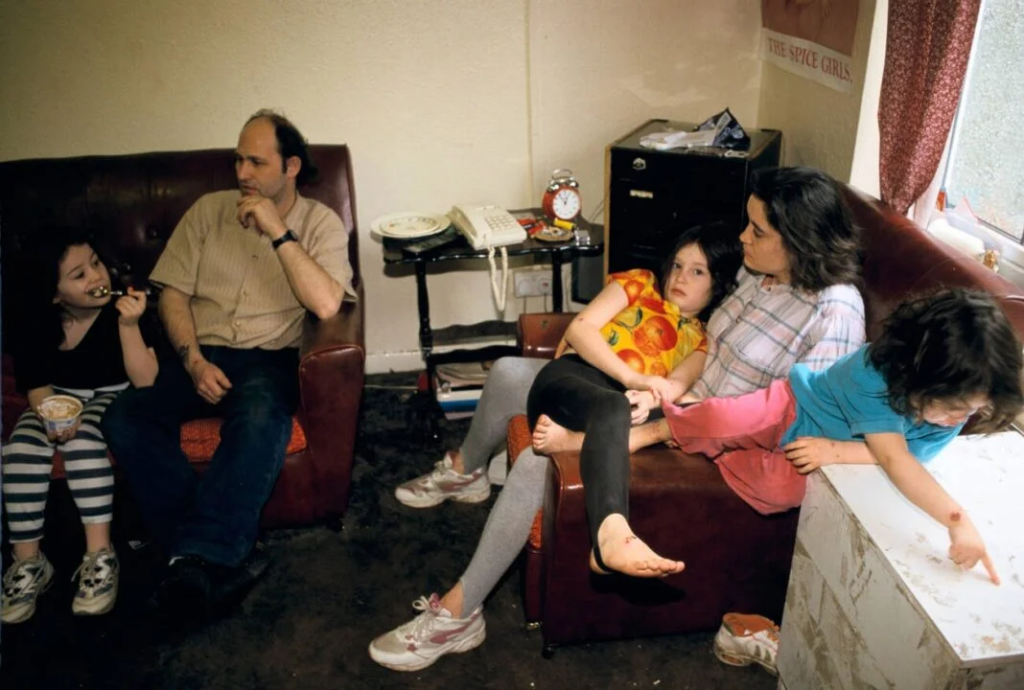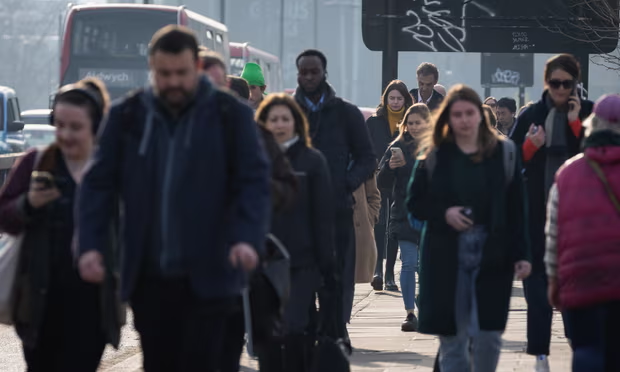UK Poverty Crisis 14.3 Million Struggle Including 4.3 Million Children
Shocking new data reveals that 14.3 million people in the UK, including 4.3 million children, were living in poverty during the 2022/23 period.

The figures, released by government sources, have sparked urgent calls for stronger social safety nets to protect the nation’s most vulnerable.
What’s Happening?
The statistics paint a grim picture more than one in five people in the UK are struggling to afford basic needs like food, housing, and energy. Among them, 4.3 million children are growing up in households unable to make ends meet.
This marks a significant rise in poverty levels, with child poverty hitting record highs compared to previous years.
Why Is This Happening?
Experts point to a combination of factors. Rising living costs, stagnant wages, and cuts to welfare benefits have left millions trapped in hardship.
Experts point to a combination of factors. Rising living costs, stagnant wages, and cuts to welfare benefits have left millions trapped in hardship.

UK Poverty Crisis 14.3 Million Struggle Including 4.3 Million Children
Experts point to a combination of factors. Rising living costs, stagnant wages, and cuts to welfare benefits have left millions trapped in hardship.
The controversial two-child benefit cap, introduced in 2017, has been blamed for pushing larger families deeper into poverty. Since 2010, reductions in social security spending—down £50 billion annually compared to that yearhave weakened support systems. The cost-of-living crisis, fueled by soaring energy and food prices, has only made things worse.
When Did This Start?
While poverty has long been an issue, the situation has worsened since the early 2010s. Progress made in reducing child poverty before 2010 has unraveled due to austerity measures, economic stagnation, and recent crises like COVID-19 and inflation spikes.
By 2022/23, poverty rates had climbed sharply, with children bearing the brunt.
What’s the Impact?
The consequences are stark. Families are skipping meals, relying on food banks, and facing impossible choices between heating homes and buying essentials.
Read this:
For children, poverty means poorer health, weaker school performance, and limited opportunities, locking them into a cycle of disadvantage. Campaigners warn that without action, poverty could rise further, with projections of 4.8 million children affected by 2029.
What’s the Plan to Fix It?
The government has launched a Child Poverty Taskforce to study the issue, but critics say immediate action is needed. Campaigners and experts are pushing for bold moves, like scrapping the two-child benefit cap, which affects 1.6 million children.
Other proposals include boosting welfare payments, expanding affordable housing, and improving access to childcare and jobs. Local initiatives, like free hot water projects and food waste programs, are helping, but they’re not enough to tackle the scale of the crisis.
Lawmakers and Experts Speak Out
Lawmakers are divided. Prime Minister Sir Keir Starmer has faced pressure to act but defends gradual reforms, citing budget constraints.
Chancellor Rachel Reeves argues that getting people into work will help, though critics say this ignores those unable to work, like disabled families.
Alison Garnham, head of the Child Poverty Action Group, called the figures “heartbreaking,” urging, “Abolishing the two-child limit is the first step to give kids a fair shot.”
The Resolution Foundation warns that without policy changes, 1.5 million more people could fall into poverty by 2030. Meanwhile, voices like Terri White, writing in The Independent, slam the government for putting children “at the bottom of their to-do list.”


![An ambulance is parked at the site of the Lapu Lapu event in Vancouver [Jennifer Gauthier/Reuters]](https://worldinfo.news/wp-content/uploads/2025/04/Car-Crashes-into-Vancouver-Festival-Kills-Several-554x346.webp) Car Crashes into Vancouver Festival Kills Several
Car Crashes into Vancouver Festival Kills Several  Trump Meets Zelensky, Questions Putin’s Peace Intentions
Trump Meets Zelensky, Questions Putin’s Peace Intentions  Kashmir Tensions Rise After Attack and Border Clashes
Kashmir Tensions Rise After Attack and Border Clashes  Jhelum Water Release Triggers Pakistan
Jhelum Water Release Triggers Pakistan  Barcelona Clinches Copa del Rey Over Real Madrid
Barcelona Clinches Copa del Rey Over Real Madrid  UK Social Media Giants Face £60000 Fines
UK Social Media Giants Face £60000 Fines